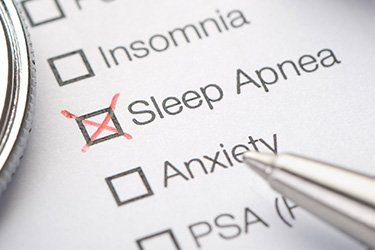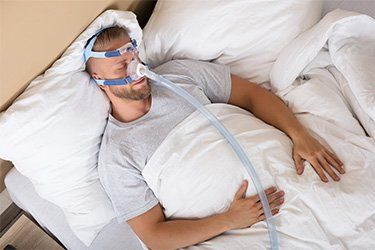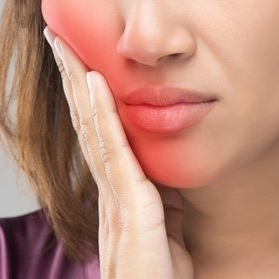The Vivos Daytime-Nighttime Appliance (DNA) is a removable oral appliance that looks similar to a retainer. It is custom-made to fit the shape of your teeth, and it is designed to move your lower jaw into proper alignment with your upper jaw. When you wear it as prescribed, the DNA appliance will reduce the tension and stress on your TMJ and relieve your painful symptoms.
Unlike splint therapy, the Vivos DNA appliance can actually encourage your jaw to grow forward and widen your hard palate. These changes, though small, are enough to ensure your TMJs rest in the correct position. When your TMJs and jaw are in proper alignment, daily activities like eating and speaking put less stress on the joints. This relieves the painful symptoms of TMJ dysfunction.
Treatment with a DNA appliance is also temporary, but has a permanent solution. You will wear the appliance as directed for 12–24 months. When your treatment is complete, your jaw will be properly aligned and you will no longer need to wear the appliance. This is because the DNA appliance treats the underlying cause instead of just managing the symptoms.













